The Weekly Anthropocene, August 28 2024
Scarlet macaws in Mexico, rooftop solar in Pakistan, a super-seagrass in the Caribbean, whales off Iceland, 97% clean energy in 2024's U.S. buildout, puffins in Maine, and more!
Australia & Singapore
The first phase of the SunCable Australia-Asia Power Link project just got approval from the Australian government, clearing the way to build 4 gigawatts of solar panels in the Powell Creek Solar Precinct plus an 800-kilometer power line to Darwin. The next step is to thread a heavy-duty underwater power cable through the islands of Indonesia for 4,300 kilometers to deliver Australian solar power to the city-state of Singapore. If all goes well, electricity supply to Singapore should start in the early 2030s. As the Biden-Harris Administration continues their efforts to shepherd through major proposed U.S. power line projects, SunCable serves as a brilliant example of a World Grid in the making!
Mexico
Conservationists in Mexico are successfully intervening to protect the country’s largest remaining scarlet macaw population in the rainforests of Chiapas state. Scarlet macaws are monogamous and use the same large nests for years on end, which leads poachers to illegally target the nests and steal the chicks. A conservation program forestalls this by removing the chicks from known nests before the poachers can, then raising them and releasing them back into the wild, with 200 scarlet macaw chicks retrieved, raised, and released since 2005. Another great example of proactive Anthropocene conservation! Great work.
Pakistan
Beleaguered by rolling blackouts and violent political instability, Pakistan is experiencing a huge rooftop solar boom as people seek a reliable source of power. Pakistan is importing vast amounts of cheaper and cheaper Chinese solar panels, with Bloomberg estimating that the nation imported 13 gigawatts’ worth in the first six months of 2024 alone.
“The country’s entire electrical generation capacity was only 46 GW in 2023.
In other words, in just six months, Pakistan imported solar capacity equivalent to 30% of its total electricity generation capacity - an absolutely staggering amount.”
-Azeem Azhar on Substack
This underscores the incredible freedom-enhancing power of decentralized clean energy. Pakistanis let down by their government can’t set up their own gas plant or nuclear reactor, but they can get some solar panels to power life-saving air conditioners plus education and job-enabling computers. To paraphrase H.G. Wells, in much of the global tropics, the 21st century may end up looking like a “race between clean energy and catastrophe” - and this newsletter would bet on clean energy to win.
Caribbean Sea

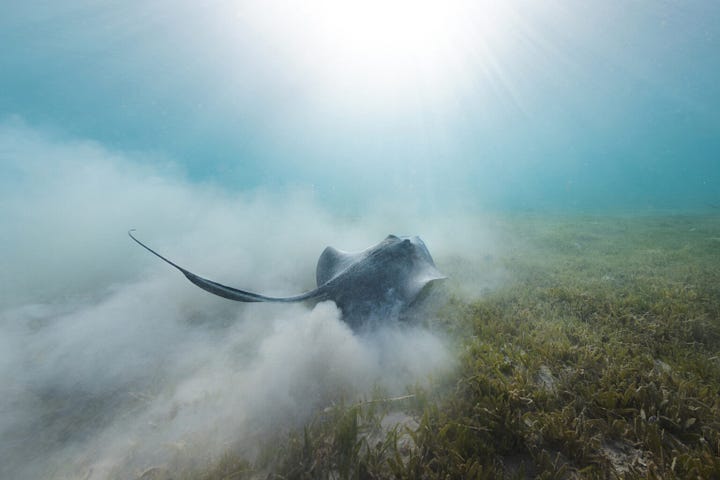
Biodiversity-harboring, coast-sheltering, carbon-sequestering, ocean acidification-buffering seagrass meadows provide a multitude of ecosystem services, but are often threatened by human activity. Now, a new “super-seagrass” is spreading around the world, boosting ecosystem services and potentially even helping other seagrasses.
Halophila stipulacea is native to the Indian Ocean, but it started venturing into new waters after the opening of the Suez Canal in 1869. It spread across the Atlantic thanks to warming waters, and it’s now becoming increasingly common around the Caribbean Sea. Researchers are cataloguing the wide array of changes it’s bringing by outcompeting local seagrasses: on one hand, some fish like yellowtail snapper don’t like the newcomer as much, and it’s shorter than other seagrass species, so it’s not quite as good at coast-protecting “wave attenuation.” But on the plus side, it’s excellent at sequestering carbon, and researchers report finding rich biodiversity in Halophila seagrass beds with roughly the same amount of fish overall and some species pink sponges and angelfish observed to be particularly thriving. Critically, it’s also good at colonizing barren sands that are hard for other seagrasses to reach, so it’s increasing overall carbon sequestration and potentially opening up new habitat for multiple seagrass species in the long term.
“What’s interesting is there’s actually more seagrass in the Caribbean now on places like Dominica than there was 20 years ago.
It’s because the invasive is occupying a place that was previously just open sand.”
-Demian Willette, seagrass ecologist.
A particularly impactful immigrant species - just the sort of scrappy ecosystem engineer we need in a warming world! Excellent news.
Norway
Europe’s first lithium iron phosphate (LFP1) battery gigafactory has opened in Arendal, Norway. For those keeping track, that’s a different battery chemistry to the North Carolina sodium-ion battery gigafactory that we reported on last week, both of which are emerging alternatives to the lithium-ion standard. The battery boom has many irons in the fire! As one quip going around summarizes, we’re getting away from carbon by ditching fossil fuels, and now we have the whole rest of the periodic table to explore. Great work!
Albania
Phytomining is a newborn technology that grows plants that naturally accumulate metals in their tissues to “mine” the earth for critical minerals. American startup Metalplant is already cultivating2 10 hectares of nickel-accumulating Odontarrhena decipiens flowers on nickel-rich land in the small Balkan nation of Albania. O. decipiens can reportedly accumulate up to 2% of its dry weight as nickel, and once harvested, the plants can be dried, heated, and sent to a lab to have the nickel chemically extracted. (Nickel is used in many EV battery chemistries and is highly in-demand). Metalplant claims that their process will be able to produce 200 to 400 kilograms of nickel per hectare, comparable to the production at the conventional nickel mines in Indonesia which currently produce much of the world’s supply.
The company is even using enhanced rock weathering to make the entire operation a carbon sink, spreading ground-up olivine on the farm soils. This is a win-win, as olivine reacts with carbon dioxide in the air to form bicarbonate minerals and also contains a bit of nickel itself, potentially boosting the “phyto-mine” operation even more. There’s some fascinating potential here. Great work!
Bolivia
A community conservation beekeeping project is building coexistence between humans and spectacled bears (aka Andean bears, Tremarctos ornatus) in rural Bolivia. After a spate of bear killings in the San Lorencito area due to the animals being blamed for cattle deaths (likely incorrectly), the Andean Carnivore Conservation Program helped establish a community apiary with 10 beehives in 2018 to provide an alternative to cattle farming, selling a bear-friendly “Valle De Osos” brand of honey. It worked: the number of Andean bears in the San Lorencito area has increased from five seen in 2018 to an estimated 40 individuals in 2024, while the average income of San Lorencito families has increased by 15%. Great news!
"We are focused on increasing people's tolerance towards bears, and providing economic alternatives to livestock, so next time a bear kills a cow or steal some maize, people will simply say: 'cheeky bear'.”
-Dr. Ximena Velez-Liendo, Andean Carnivore Conservation Program
Iceland
After a census conducted in summer 2024, the government of Iceland reported 4,000 whales in its territorial waters. Species spotted include fin whales, long-finned pilot whales, northern bottlenose whales, and humpback whales, with humpback whale numbers in particular believed to be increasing. Great news!
United States
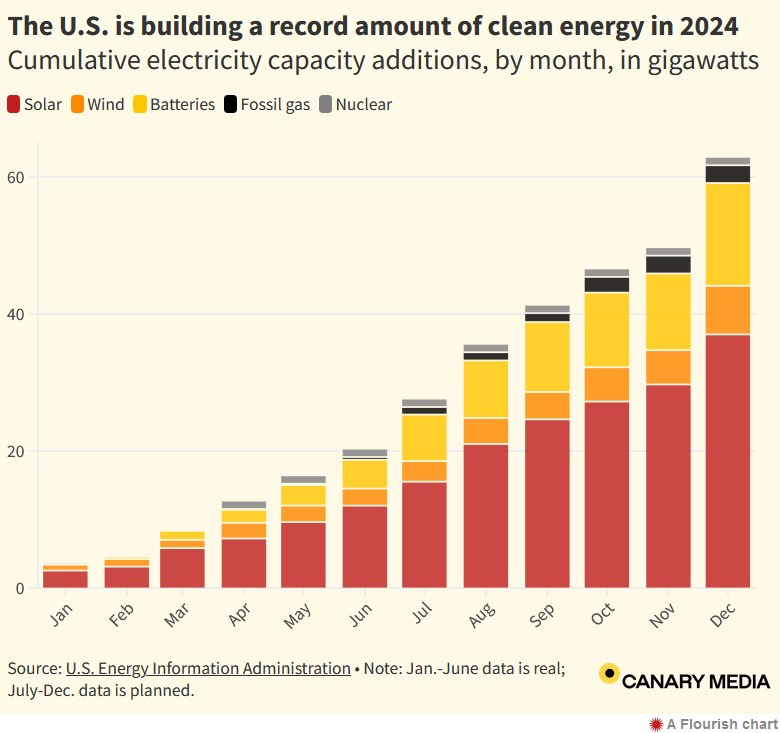
The U.S. Energy Information Administration has released some new statistics on America’s electricity in 2024, and it’s absolutely eye-poppingly awesome. The U.S. power grid got an additional 20.2 gigawatts (20,200 megawatts) of electricity-generating capacity in January through June 2024, of which 12 GW were solar projects, 4.2 GW were battery storage, 2.5 GW were wind, and 1.1 GW were zero-carbon nuclear. New fossil gas projects accounted for just 400 megawatts, 0.4 GW.
The EIA expects another 42.6 GW to come online in the second half of the year, for a total of 62.8 GW of new electricity-generating capacity in the USA in 2024 - which will be a massive 55% increase from the 40.4 GW we got in 2023.

We’re producing more electricity than ever, and almost all the new stuff is clean. In 2024, the United States of America is essentially building *only* clean energy, with zero-carbon projects like solar, wind, batteries, and nuclear accounting for an unbelievably excellent 97% of new electricity-generating capacity.
And as the last new U.S. coal plant was built in 2013 and coal and gas plants continue to be retired, all these new clean electrons are overtaking fossil fuel incumbents. Wind and solar combined have generated more electricity than coal for the first seven months of 2024 and are projected to do so for the entire year, a first in American history.
This is absolutely spectacular stuff. Led by the Biden-Harris Administration, the USA is getting on the path to becoming a clean-electron powered civilization.
After years of dedicated conservation work, Seal Island off the coast of Maine saw a record-high number of breeding Atlantic puffins this year, with researchers counting 672 active puffin burrows, about a hundred more than the last count five years ago. Once wiped out by hunting, puffins were reintroduced to Seal Island and began breeding again in 1992. Herring was fortuitously plentiful this year in the warming Gulf of Maine, and puffin chick weights appeared healthy. Great work!
Why is “lithium iron phosphate” abbreviated as “LFP” when there’s no “F” in it? Per longstanding convention, “iron” tends to be abbreviated with “F” due to its Latin name, ferrum, from which we get words like “ferrous.”
Hat tip to climate scientist extraordinaire and recent The Weekly Anthropocene interviewee Dr. Katharine Hayhoe for discussing this amazing new tech in her Substack.

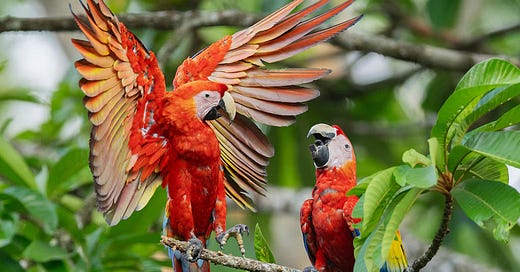


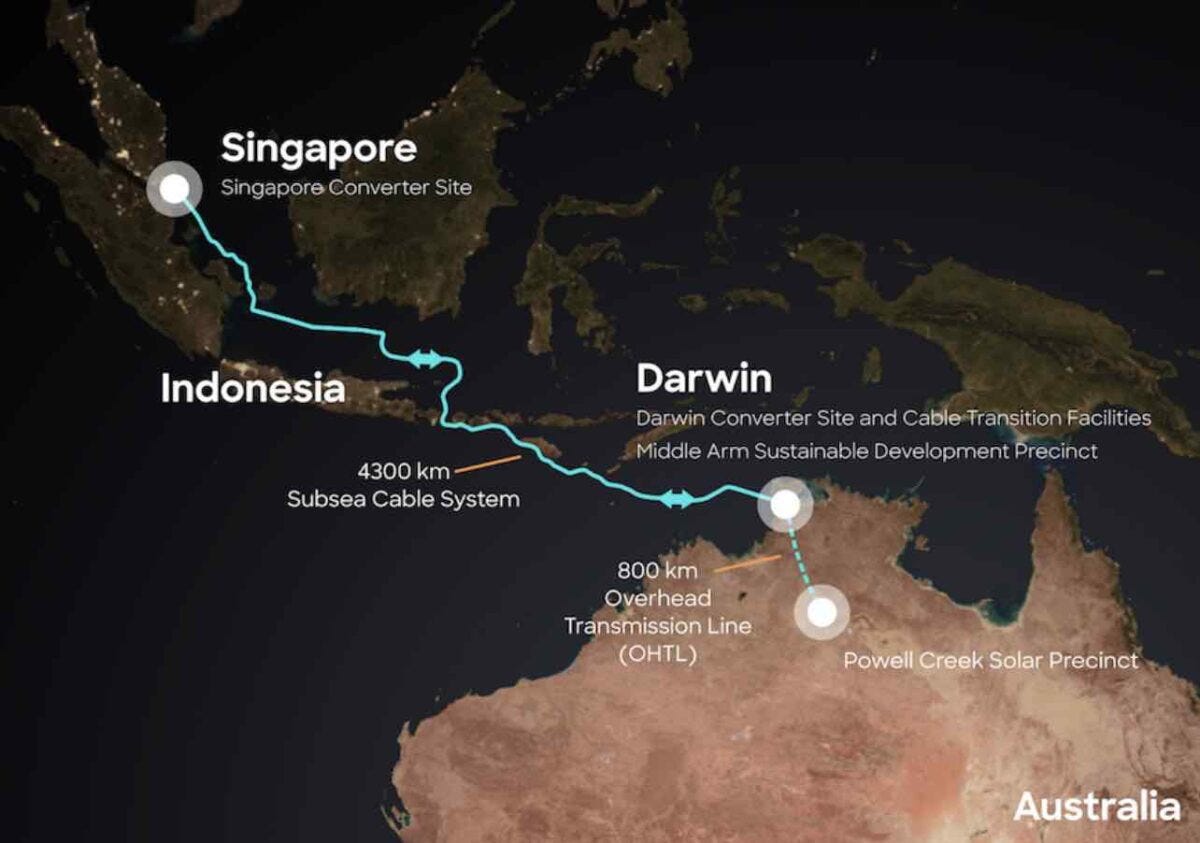

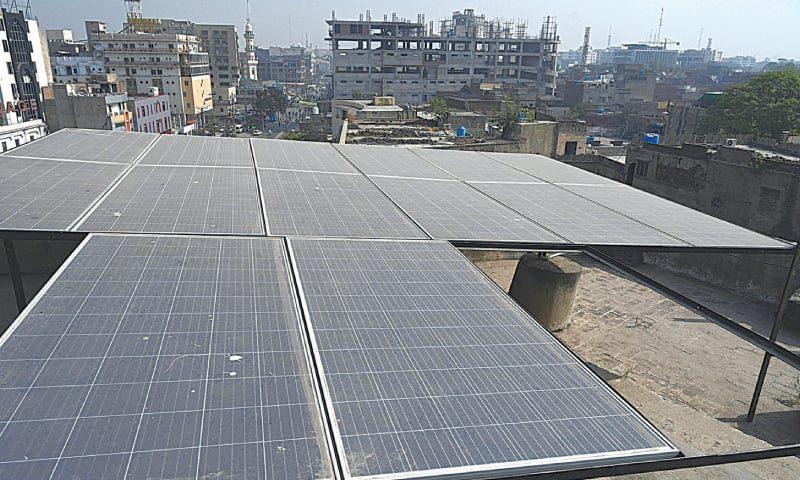
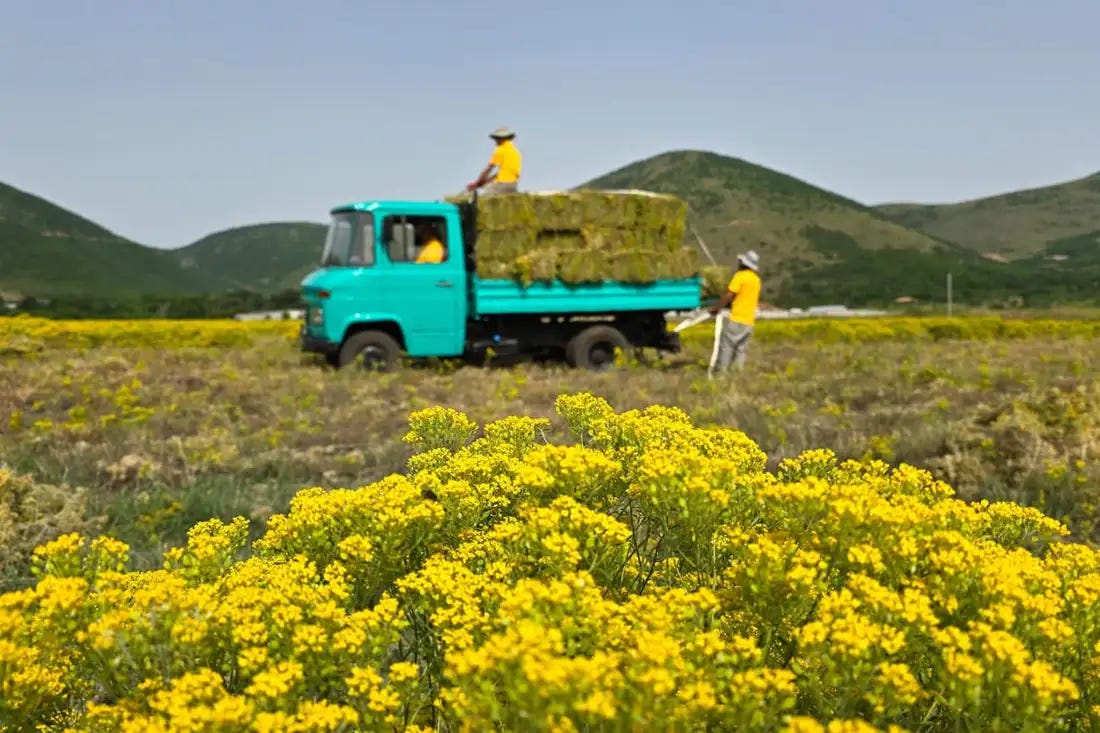
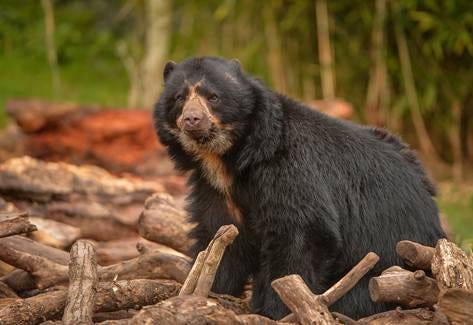
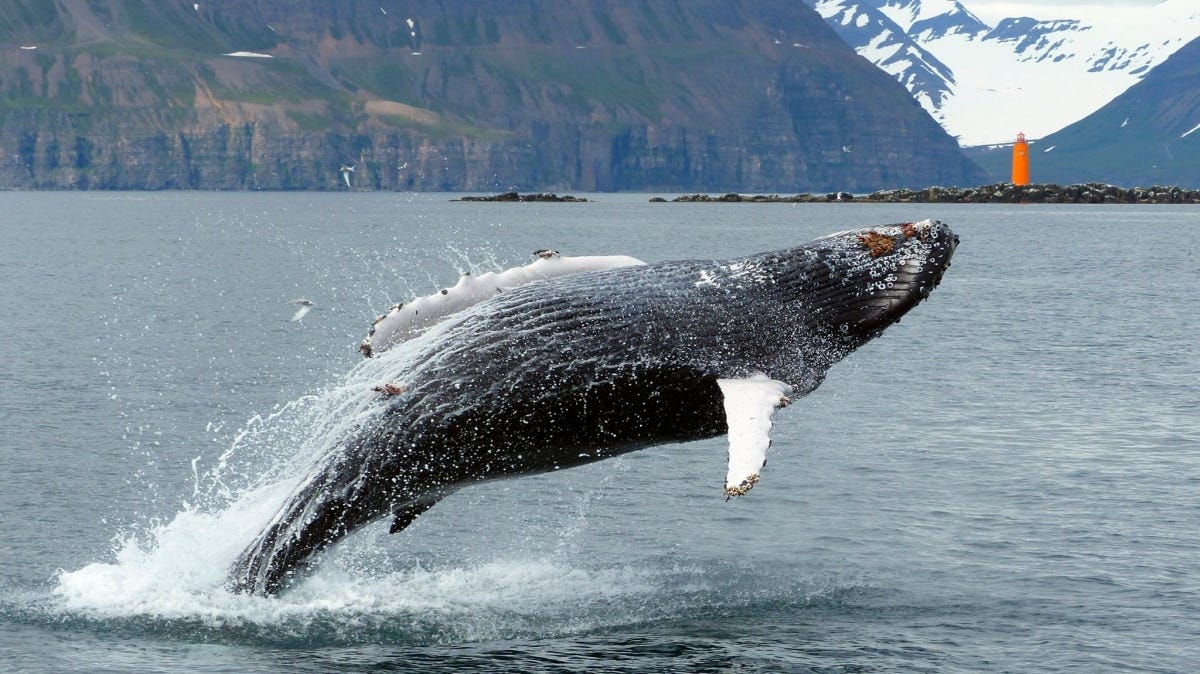

I was thrilled to read about the project to bring solar energy from Australia to Singapore. It's the first tangible sign that my dream will come true—the economy of Europe running on solar power from the Sahara.
All good news! I like the Australia/Asia connector. The Pakistan energy, the seagrass, the metal sequestering plants, and especially the emerging battery technologies. Great reporting, Sam.